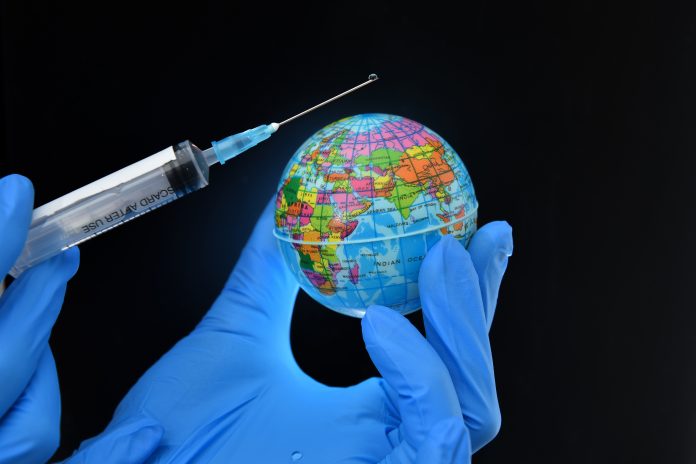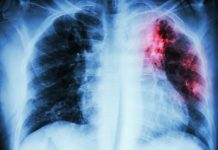Professor Behzad Samii, professor of operations and supply chain management at Vlerick Business School, discusses how to fairly circulate a COVID-19 vaccine
Currently there is no vaccine for COVID-19. The virus, so far, has reached almost every country in the world, infecting millions of people, and unfortunately resulting in the deaths of hundreds of thousands.
But efforts to develop this vaccine are amplifying against the world. In fact, there are around 90 vaccines currently in development against COVID-19 by research teams in companies and universities. General consensus across experts in the field suggest that an effective vaccine could become available by mid-2021, however this doesn’t mean that every single person will have access to the vaccine, or that you will only need to take it once to be completely immune to COVID-19. If and when there is a vaccine available, the likelihood it will be in scarce supply.
PPE: An omen of things to come?
Global Personal Protective Equipment (PPE) supply shortages throughout the global pandemic have highlighted how limited supply and manufacturing is for critical equipment in the fight against COVID-19, and the importance of health policy decision makers preparing for and managing supply as effectively as possible. A similar challenge is likely to also occur in the global supply of a potential COVID-19 vaccine too.
Now that it appears as though most countries are over their peak, and healthcare systems have been allowed to catch their breath and match hospitalisation supply and demand, we are in a critical period. Moving very carefully out of lockdown, allows governments, pharmaceutical companies, and international agencies to put in place strategies to quickly produce and distribute sufficient number of COVID-19 testing kits, effective vaccines, and antiviral medicines, in order to continue the progress made in tackling COVID-19.
Manufacturing realities for a COVID-19 vaccine
If a vaccine is developed, it will have a complex manufacturing process and long production lead times. We will have to rely on good targeting and rationing strategies for the quantity of vaccines available.
So given the scarcity of a potential vaccine, but the pressing need to tackle this pandemic at a global level, its clear demand will drastically exceed demand. Public health planners clearly face the challenging problem of allocating scarce quantities of potential COVID-19 vaccines, but who should be targeted for these first in order to make it as fair and effective as possible in tackling the virus?
Priority for vaccination may be given to certain population segments. High priority segments such as personnel in healthcare institutions, those who work in companies that manufacture vaccines and other essential professionals, those with pre-existing medical conditions such as pulmonary or cardiovascular conditions and/or diabetes, and the elderly in care homes are likely to be top of the list for a vaccines. Whilst the rest of the general public is likely to be a lower priority when supplies are scarce. The rest of the general public would be lower priority.
Over time, with a vaccine becoming more and more available, those who are eligible for a vaccine may increase. Through research we’ve conducted we can exactly calculate the resulting service level to high and low priority segments for any given reserved vaccine quantity in all allocation scenarios.
A four phase approach should be followed from the beginning:
- Phase#1: Vaccinate only the healthcare professionals in contact with COVID-19 patients
- Phase#2: Vaccinate mainly the high priority segments and a specific number of early bird low priority segments
- Phase#3: Vaccinate specific high priority segments and a specific number of low priority segments
- Phase#4: Vaccinate on a First Come First Serve (FCFS) basis
In theory, this is of course easy to implement, but there are a number of factors that could impact how quickly this vaccine could be fully available to the general public. One key issue could be simply the capacity (vaccinations per day) of healthcare institutions, and whether they are able to vaccinate as many people as possible. Concerns around the actual virus, which of course in the grand scheme much is very unknown, including whether multiple strains of COVID-19 may require more inclusive updated generation of vaccines or if more than one dose of vaccine is needed for 100% full immunity. Concerns also may arise of the benefits of the vaccination too, and whether they outweigh the risks, as is the case with many vaccinations.
Advice to governments
Whilst a COVID-19 vaccination is being developed, it is important that public health planners, governments and pharmaceutical companies are exploring how these COVID-19 vaccinations will be distributed. It’s obvious that successful vaccinations are the most effective way in ridding the world of this pandemic, and going back to what we remember as normal. Therefore, it is vastly important that vaccination distribution planning begins soon. It is important that we understand the most effective way is to not only develop as many vaccinations as possible, but have a fair and effective distribution strategy in place too.











